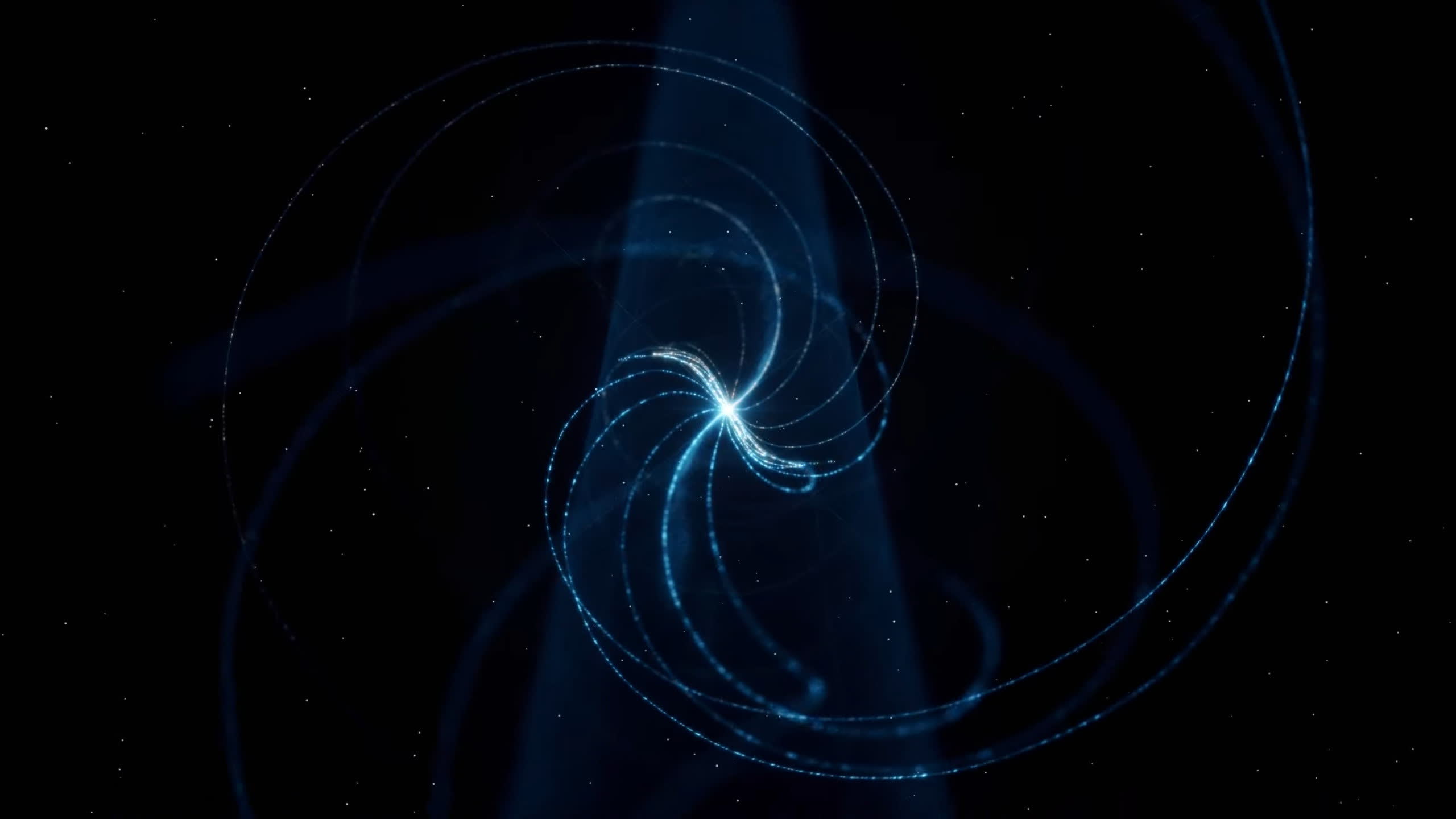In context: Pulsars are rotating neutron stars formed from the remnants of supergiant stars that have undergone supernova explosions. These celestial objects emit beams of highly energetic electromagnetic radiation as they rotate. The beams are observable by telescopes when they are oriented toward Earth, resembling a cosmic lighthouse of sorts.

An international team of scientists working with the High Energy Stereoscopic System (H.E.S.S.) telescopes has made a groundbreaking discovery: pulsars can be even more energetic than previously believed. The researchers utilized the five H.E.S.S. telescopes located in Namibia to detect the highest gamma ray emissions ever observed from a pulsar.
The energies involved in this discovery are staggering, totaling 20 tera-electronvolts, which is roughly ten trillion times the energy carried by photons in visible light. These newly detected gamma ray emissions challenge the existing theories that describe the behavior of pulsars. It appears that beams emanating from pulsars emit varying energy levels across different bands of the electromagnetic spectrum.
Scientists believe that these emissions originate from fast electrons generated and accelerated within the pulsar's magnetosphere. The magnetosphere consists of plasma and electromagnetic fields that envelop and co-rotate with the star. As the electrons travel outward through these magnetic fields, they accumulate energy and ultimately release it in the form of observable gamma ray beams, akin to a lighthouse.
The study focused on Vela, a highly energetic pulsar renowned for its rapid rotation. Situated in the southern sky within the Vela constellation, this neutron star completes 11 rotations per second. Vela stands as the brightest and most persistent object within the high-energy gamma-ray category. Prior observations had detected emissions within the giga-electronvolts (GeV) range, with electromagnetic emissions ceasing abruptly beyond this point.
Scientists speculate that this sudden stoppage occurs when the energized electrons ultimately reach the outer limits of the pulsar's magnetosphere and escape into space. Thanks to the H.E.S.S. telescopes, researchers were able to conduct more extensive observations in higher energy ranges. Their findings revealed the commencement of a new gamma ray release with energies reaching into the tens of tera-electronvolts (TeV) range. This discovery signifies emissions that are 200 times more energetic than any radiation previously detected from this celestial object.
In order to attain these energy levels, the electrons may need to journey beyond the boundaries of the pulsar's magnetosphere, all while maintaining the integrity of the rotational emission pattern. The recent revelation of Vela's gamma ray beams challenges our existing understanding of pulsars, prompting a reevaluation of the mechanisms governing these natural accelerators.
https://www.techspot.com/news/100427-vela-pulsar-emits-most-energetic-gamma-ray-beams.html